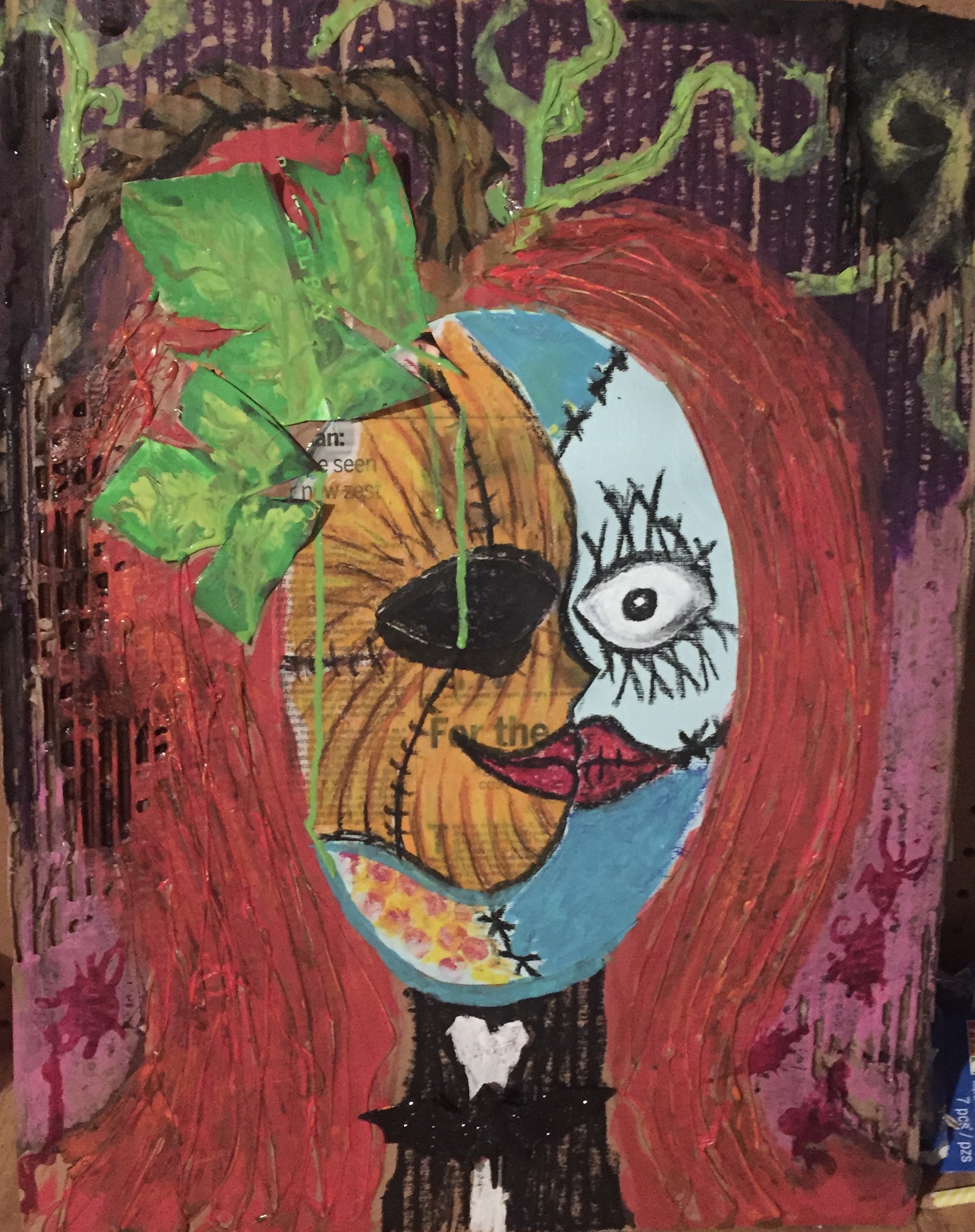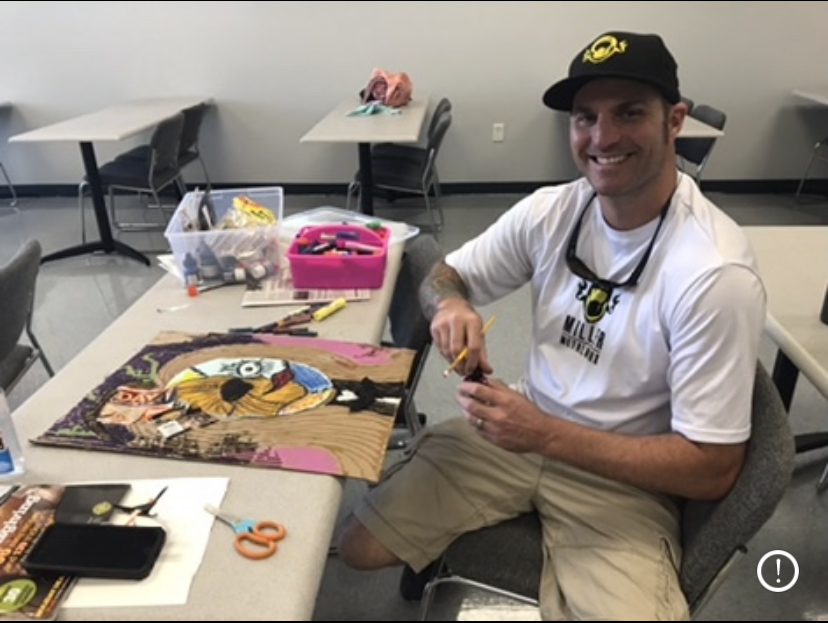
Pablo Picasso
Can you imagine the amount of profound “dust” that first responders experience daily throughout their careers? Blood, guts, gore, danger, screams, sounds, smells, and total carnage are just a few of the “dust” particles that have the ability to wear down the first responder’s soul. The everyday life of the emergency services professional is full of traumatic “dust” that if not properly processed can lead to PTSD, alcohol or drug abuse, divorce, depression, self-destructive behavior, and suicide. Although Picasso’s words weren’t specifically directed toward emergency services personnel, the validity of his statement has been scientifically validated in modern times.
Research regarding the benefits of the creative arts on one’s emotional and physical health have grown tremendously the last few decades. The creative arts have been proven to show hormonal and autonomic systems reregulation (Campbell, Decker, Kruk, & Deaver, 2016), to decrease psychological trauma symptoms and depression (Campbell, Decker, Kruk, & Deaver, 2016), to reduce cortisol levels (Kaimal, Ray, Muniz, 2016), and to engage many aspects of brain function and neural subsystems (Likova, 2010a,b). Additionally, the World Health Organization (2019) reviewed over 3000 studies involving the roles of the arts in health and wellbeing, and concluded that there was a “major role for the arts in the prevention of ill health, promotion of health, and management and treatment of illness across the lifespan”. Since the physiological effects of the first responder job are undoubtedly significant, the creative arts are beckoned to metaphorically “wash” the cumulative stress of their everyday life from their souls.
If we stop and think about it, Picasso actually used the creative arts to get him through a dark period in his life. When a dear friend committed suicide Picasso understandably struggled with sadness and depression over this loss. His grief was expressed through his artwork which we now refer to as his “blue” period. This is a perfect example of how successful the expressive quality of the creative arts can be to process emotional states. Picasso creatively processed his grief and continued to live for close to 70 more fruitful years. It is safe to say that Picasso was a master painter who understood the healing power of the creative arts long before science had a chance to study the true physiological benefits.

In Picasso’s honor this Lieutenant created the Picasso portrait displayed above using mixed media and cardboard. To try this exercise, draw a circle or shape that will serve as the head. Draw a line down the center adding a profile of a nose halfway down. Halfway down from the nose to the bottom of the shape add lips. Place the rest of the features any way you would like. Remember-this is all about FUN so you can’t mess up here!

